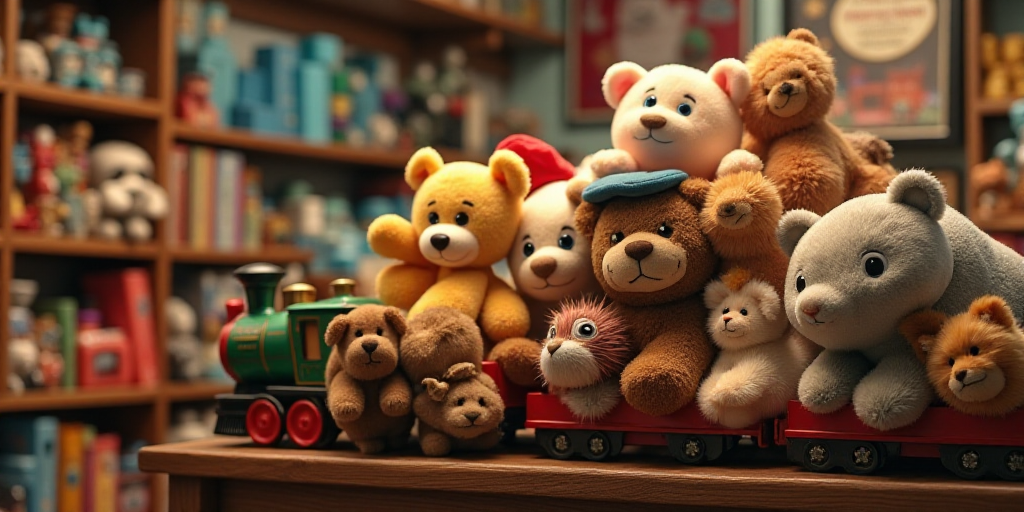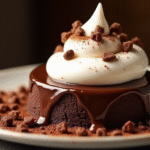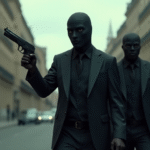Understanding Nostalgia in Marketing
Nostalgia, a powerful emotional trigger, can be harnessed by businesses to forge deeper connections with consumers. This concept is known as the nostalgia industry, according to Deloitte. Essentially, nostalgia is activated when a person encounters something linked to a significant life stage, evoking memories and emotions.
Román Esqueda, director of Synapsen, explains that nostalgia-driven marketing proposals are appealing because they activate brain areas associated with positive experiences. However, he warns that excessive use of nostalgia can lead to losing its significance and the emotional value of products.
Nostalgic Purchases: Not Always Necessity
While nostalgia-driven purchases aren’t typically essential, the emotional allure can be tempting for consumers. In Mexico, for instance, shoppers allocate an average of 1,000 pesos to “frivolous” purchases, as per Deloitte’s Consumer Trends Report.
Avoiding Stagnation in the Past
Although reviving popular products, movies, or trends from years past can be well-received, businesses must avoid becoming overly reliant on nostalgia. Overuse can lead to losing the emotional significance and effectiveness, especially if a business joins the trend too late.
Effective Products for Nostalgia Marketing
According to Mexican consumers, 37% of their emotionally-driven, non-essential purchases were in clothing and accessories, while 24% were in food and beverages, as reported by Deloitte.
In the food and beverage sector, nostalgia plays a significant role, with consumers seeking home-style or family-reminiscent dishes. These foods evoke strong emotional connections, often tied to caregivers like mothers or grandmothers.
Clothing also symbolizes nostalgia, as trends from decades past resurface. Brands can capitalize on this by connecting with consumers’ desire for belonging and identity reaffirmation.
Harness Nostalgia for Business Advantage
The beauty of nostalgia-based marketing lies in its adaptability across various businesses and segments. People seek to reinforce their identity and remember their origins, as explained by Deloitte.
Esqueda advises businesses to thoroughly analyze their customers, understanding parts of their past and influential novelties in their lives. For instance, millennials (born 1981-1996) are marked by 90’s and early 2000’s trends.
Businesses employing nostalgia-driven marketing must anticipate trends and be creative, such as releasing limited-edition movie or animated series versions.
Key Questions and Answers
- What is nostalgia in marketing? Nostalgia in marketing refers to using emotionally charged memories or experiences from the past to create a connection with consumers.
- Why can nostalgia be effective for businesses? Nostalgia-driven marketing proposals are appealing because they activate brain areas associated with positive experiences, making them attractive to consumers.
- What types of products are most successful with nostalgia marketing? Emotionally-driven, non-essential purchases often include clothing and accessories (37%) and food and beverages (24%), according to Deloitte’s Consumer Trends Report in Mexico.
- What are the risks of overusing nostalgia in marketing? Overuse of nostalgia can lead to losing its significance and emotional value, making it less effective for businesses.
- How can businesses successfully use nostalgia in marketing? Businesses should thoroughly analyze their customers, understanding parts of their past and influential novelties in their lives. Being creative and anticipating trends, like releasing limited-edition movie or animated series versions, can also be successful.






